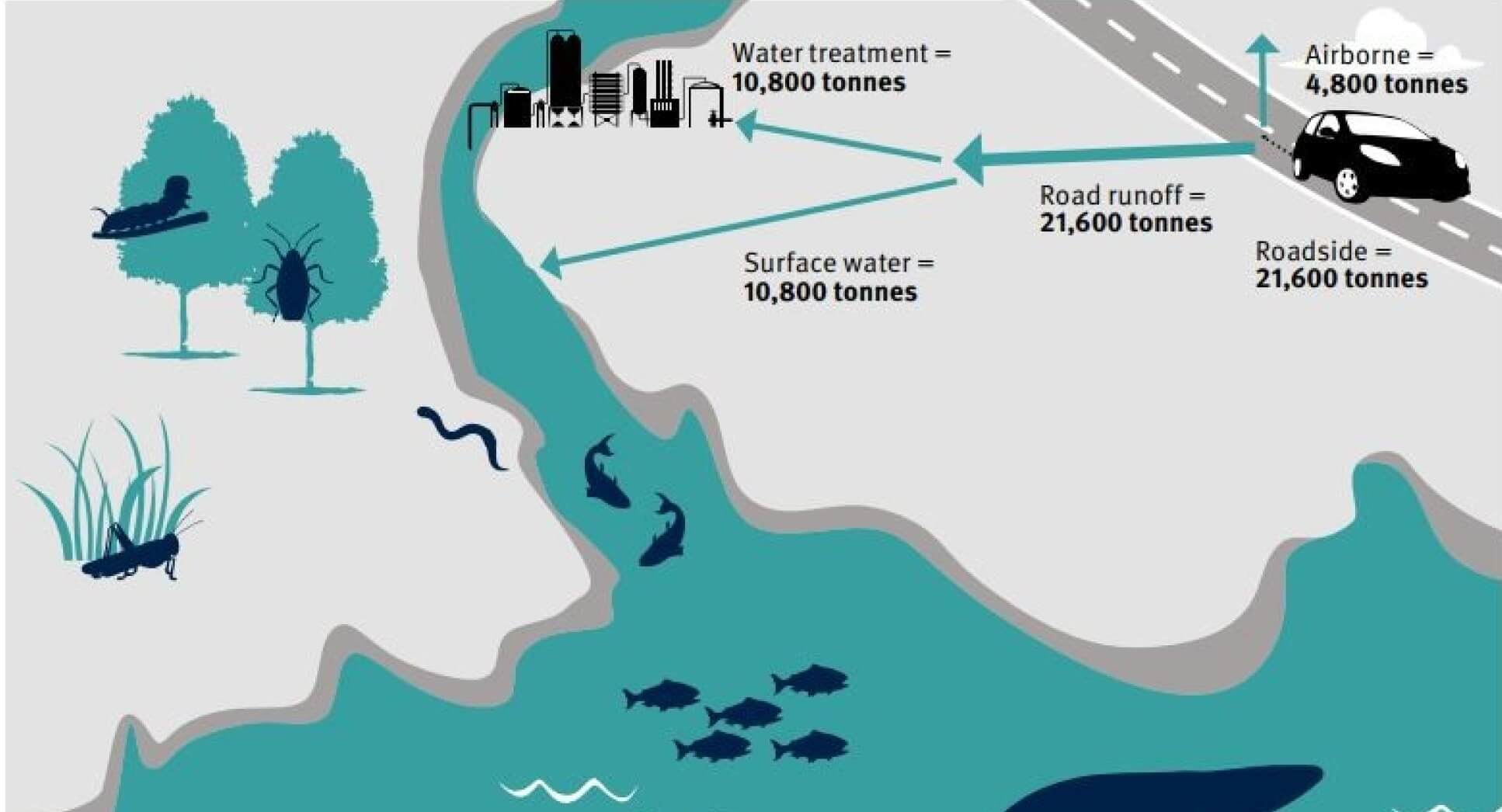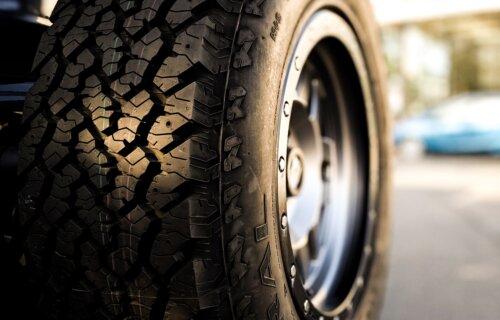LONDON — If you’re a car enthusiast, it turns out “burning rubber” could be one of the worst things you can do for your health. Tire rubber is reportedly four times more detrimental to the environment than other microplastics, according to a recent study. Scientists at Imperial College London argue that minimizing car tire pollution should be as critical as reducing carbon dioxide and exhaust emissions from automobiles.
They caution that while electric vehicles may eliminate fuel emissions, there remains a persistent issue with airborne tire particles. Studies suggest these particles may cause developmental problems, affect the heart, lungs, and reproductive system, and exacerbate cases of cancer.
Rubber fragments can range from visible remnants to nanoparticles. Some are so tiny that scientists worry that “simply walking on the sidewalk” could expose pedestrians to harmful tire pollution. Regardless of their size, tire pollution continues to accumulate in the environment, as it does not naturally decompose. Rain can wash large particles from roads into rivers, allowing toxic chemicals to leach into the water. Meanwhile, smaller particles can become airborne and inhaled, tiny enough to reach the deep parts of the lungs.
Researchers estimate that six million tons of worn-down tire particles are released globally each year. During the same period, approximately 2.6 million vehicles in London alone emit around nine tons of tire particles. These particles may contain various toxic chemicals, including polyaromatic hydrocarbons, benzothiazoles, isoprene, and heavy metals such as zinc and lead.
“Tire articles pollute the environment, the air we breathe, the water run-off from roads and has compounding effects on waterways and agriculture. Even if all our vehicles eventually become powered by electricity instead of fossil fuels, we will still have harmful pollution from vehicles because of tire wear,” says Dr. Zhengchu Tan, the lead author from Imperial’s Department of Mechanical Engineering, in a university release. “We urge policymakers and scientists to embark on ambitious research into tire wear pollution to fully understand and reduce their impacts on biodiversity and health, as well as research to reduce the generation of these particles.”

Imperial College has initiated the Transition to Zero Pollution, a project aiming to forge partnerships between research, industry, and government to achieve a pollution-free future. Currently, little is known about how tire wear pollutes the world.
The experts suggest focusing on establishing a standard measure for tire wear and toxicity. They add that researchers must determine how to reduce harm to animals and humans by minimizing hazardous tire components and initiate trials to understand the short and long-term health impacts of different particle sizes. They also recommend implementing strategies to reduce tire wear, such as lowering vehicle weight and adopting advanced driving techniques.
“Safeguarding our planet and the health of future generations requires us to look not just at a problem from a single perspective, but to take a systems level approach. That’s why we need to look beyond just carbon and to consider human-made pollution in all its forms. Electric vehicles are a crucial step forward to decarbonize transport, but we need to look at the big picture too,” says Professor Mary Ryan, Vice Provost (Research and Enterprise) at Imperial College London, and a co-author on the briefing paper. “Some are concerned that electric vehicles tend to be heavier, which might increase tire wear. This is exactly why Imperial College London is driving a holistic, joined-up approach to sustainability challenges.”
Experts argue that improved systems need to be designed to curb tire pollution, which would involve creating new government and regulatory policies.
You might also be interested in:
- Best Electric Cars: Top 5 EV Models Recommended By Experts
- Sitting in traffic for just 2 hours can lead to brain damage
- Air pollution may be killing 10 times more people than previously thought
South West News Service writer Pol Allingham contributed to this report.

